It’s that age-old question that prospective pilots have been asking since way back in 2010. “How much money should I spend on a drone?” The answer, of course, will depend on what your aims and ambitions are. Getting behind the controls for the first time? Seasoned veteran looking to take the leap into commercial operations? We’re going to try and link purpose to price, making sure you don’t pay over the odds for whatever flying you have in mind.
Just Starting Out – Spend Under $200
The ‘Just starting out’ category is for those pilots who haven’t flown before. Maybe you’re interested in trying your hand at aerial photography; you might want to go for some FPV racing, or maybe you’re just curious about the emergence of drone technology and want to see what all the fuss is about. Either way, your best bet is to start at the bottom of the pile.
Admittedly, the more you pay for a drone the easier it’s (probably) going to be to fly. But that logic will lead to a lot of beginners being out of pocket and isn’t an option for those who are just testing the water. On top of that, starting out with a drone that does everything for you is no way to become a decent pilot.
As a beginner, your best bet is to look for something fairly cheap, bearing in mind there’s a good chance one of your opening flights will end in a crash of some sort. You might also decide that flying isn’t for you, so it makes no sense to spend hundreds or thousands of dollars just yet.

Looking for a cheap, no-frills drone that will help you get used to being behind the controls? There are two options here. You could either go for a micro-drone that has similar controls to higher end models, such as the Aerix Vidius HD we recently previewed. It’s tiny, inexpensive ($85) and won’t be doing any damage in the case of a crash. More importantly, it’s a lot of fun.
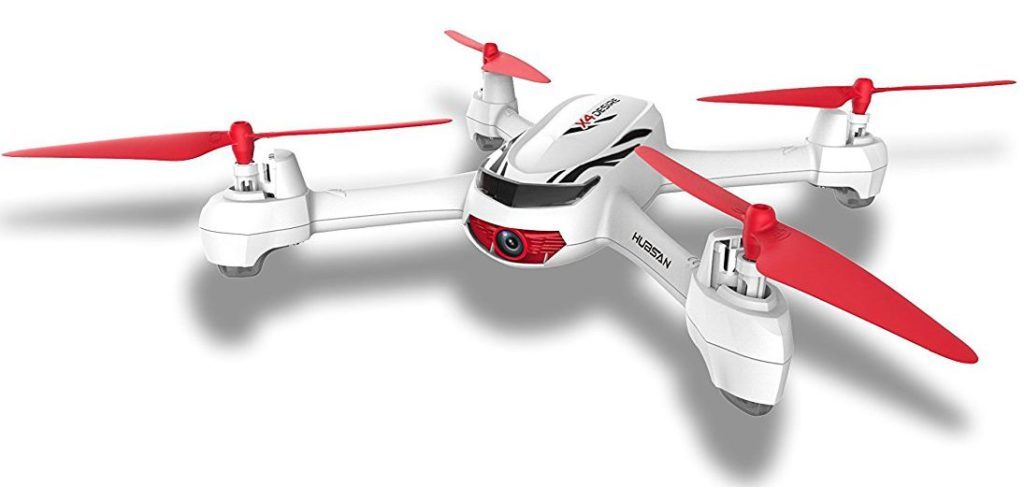
Or you could go bigger. Manufacturers such as Syma and Husban offer relatively cheap drones that are great for practising with. The popular Syma X5C is available for under $50 on Amazon. For a little more money you can get the Husban X4 H502E – complete with a GPS return to home function just in case the worst should happen – for $99.
Both of these beginner drones (and there are plenty out there along the same lines) have cameras. But don’t expect to be achieving photography of a professional standard. These are only tasters of the real deal in that regard. But that doesn’t stop them from being a great introduction to the world of aerial photography and flying in general.
Now, if you’re looking for an introduction to the world of drone racing / FPV flight, your best bet is to find something that’s ready to fly (RTF). The majority of drone racers start with assembly kits, mod their drones and make continual improvements as the races go by. As a beginner, you probably won’t have the time, money or patience to do that until you’re sure this hobby is for the long term.
To start out, you could do a lot worse than another drone from Aerix, the Black Talon 2.0. This FPV racer isn’t the fastest, but it is easy to fly, complete with altitude control, a headless mode and a monitor. All for just $115.
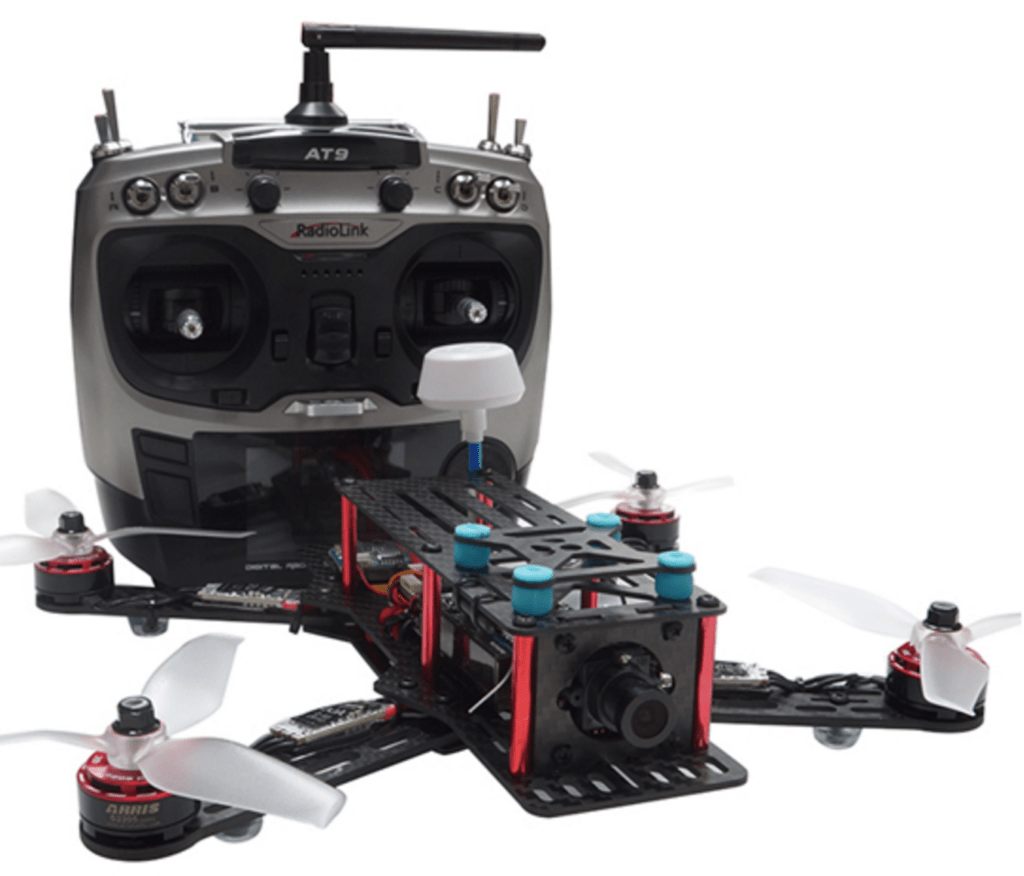
If you’re willing to push the boat out and go closer to the $200, you can get a more serious racing drone from popular manufacturer ARRIS. You can save money by purchasing an ARRIS FPV250 BNF (Bind n Fly) model, which shouldn’t take too much work to get it flight ready. It’s available on Amazon for $170, but you’ll need to purchase your own transmitter and battery. Alternatively, you can get the Ready to Fly model straight from ARRIS for $239; the manufacturer will throw in everything you need minus the battery.
Getting Serious? Spend $250-$600 on an Intermediate Drone
There are plenty of intermediate drones out there for pilots who have got a taste for flying and those who want to take their aerial photography to the next level. Funnily enough, because the consumer industry has been moving so quickly over the past couple of years, drones that were seen as world-leading as recently as 18 months ago have already been replaced by newer iterations. Because of this, there’s quality to be found in the intermediate section of the market.
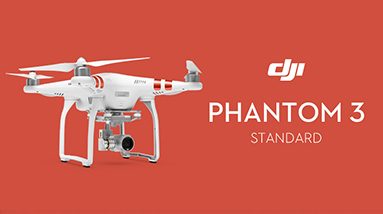
There’s no better example of that than the DJI Phantom 3 Standard. When it was released in 2015 this drone cost upwards of $1,000. Now it can be bought for half that. Sure, the Phantom 3 doesn’t come with any of DJI’s latest obstacle avoidance technology and has limited autonomous flight modes, but for an intermediate pilot still finding his or her way in the world of drones, this is as good as it gets.

For other ideas, you might want to check out our feature on the 5 Best Drones Under $500. Alternatives include the 3DR Solo and the Ehang Ghostdrone 2.0.
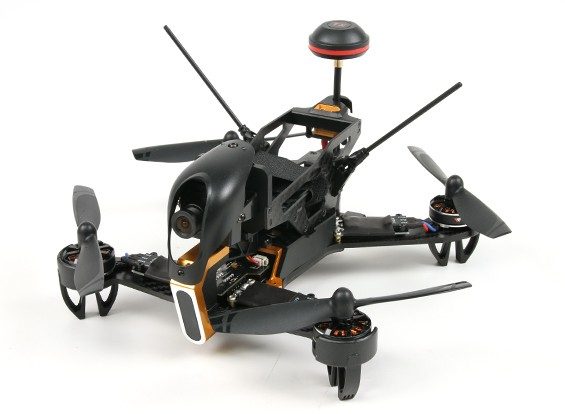
For racers looking to step things up, RTF models include the RISE Vusion 250 for $350 or, at the top of the intermediate budget, the Walkera F210, available for under $400.
Prosumer or Professional? You could easily spend $700 or more
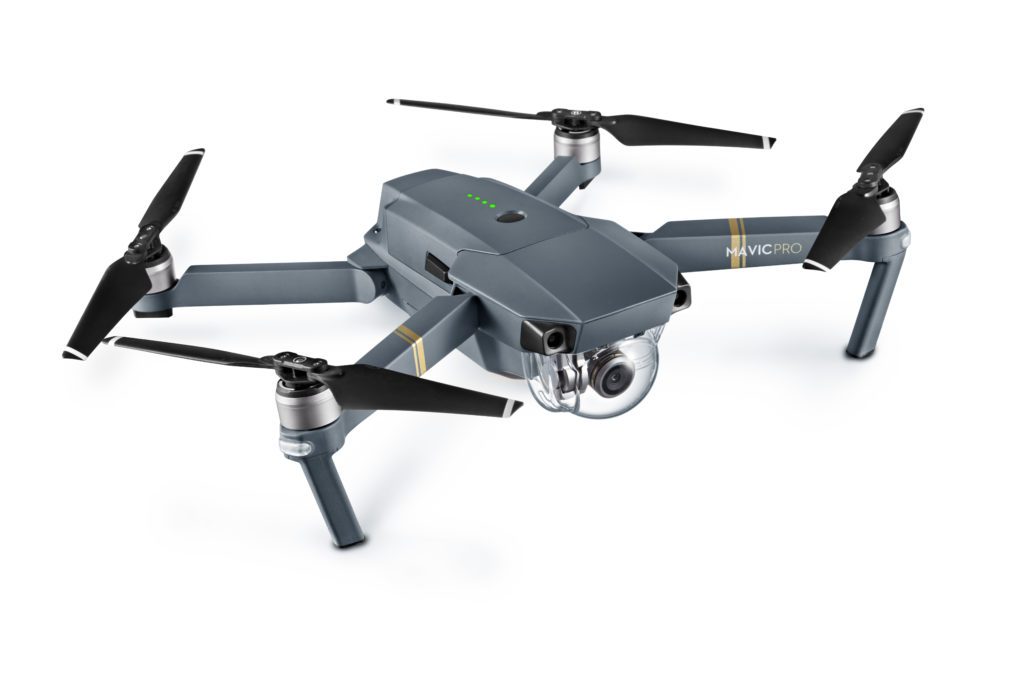
As you’ve probably gathered by now, getting started in the drone industry doesn’t come cheap. But the good news is that you get what you pay for. If you’re looking to make money on the side, become a full-time drone pilot or just take your hobby to the max, then spending $700 or more on a drone won’t leave you disappointed.
This is because it’s at the top of the market where all the action is. There are a few manufacturers to choose from at this price point, but there’s no doubt that Chinese giant DJI dominates the market. And for good reason, too.
Happy to spend big bucks on a drone? Check out our Best Drones Under $1000 feature.
It’s best to start with the most recent arrivals to the prosumer market. Before Christmas DJI launched three new drones that all fit into this top category: The Mavic Pro, the Phantom 4 Pro and the Inspire 2. Each offers something a little different, but each is suitable for professional aerial photography. For more information, you can take a look at our in-depth features on the Mavic Pro, the Phantom 4 Pro and the Inspire 2.
For now, we’ll do a quick overview. The Mavic Pro is the cheapest of the three, with a base price of $999. It’s also the most portable, which will appeal to those who want to capture outdoor extreme sports and travel light while doing so. It’s got a massive range of 4.3 miles, a flight time just shy of half an hour and a 4k stabilized camera. It’s also packed with DJI’s latest technology and a number of autonomous flight modes, as well as obstacle avoidance in three directions and an ActiveTrack system.
The Mavic is small enough to not feel like a burden when you’re on the move, but certainly punches above its weight in terms of features. It may not provide the very highest level of cinematography that DJI’s more expensive drones offer, but it will be more than adequate for the majority of pilots.
Now onto DJI’s Phantom 4 Pro. It didn’t even take a year for DJI to offer an upgrade on the revolutionary Phantom 4, which set the benchmark for pilots around the world. The Pro model of the Phantom 4 features more sophisticated obstacle avoidance – now in three directions, not just one – a higher top speed when avoiding obstacles, a range of new intelligent flight modes and some added features, including gesture control and an upgraded controller. It’s available for $1,499, around $500 more than its predecessor – but we think it’s just about worth it.
It should be said at this point that while the Phantom 4 appears to be heading towards cannibalization, there’s no doubt that it still has plenty to offer serious aerial photographers. Only a few months ago this was arguably the best consumer drone on the market – so grabbing it now for a reduced price ($1,199 at the moment) might not be such a bad idea.
If money isn’t an issue…
Before Christmas, DJI released the drone that many professional aerial photographers have been waiting for: the latest in its Inspire range. And the Inspire 2 was worth the wait. We dubbed it “the greatest aerial photography drone ever”. While that statement might not be saying much in such a young industry, it’s a mark of how impressive the Inspire 2 is. As well as being faster, smarter more powerful and more reliable than its predecessor, the Inspire 2 has a redundancy system and a range of accessories to help aerial cinematographers capture footage like never before.
All this tech doesn’t come cheap. The Inspire 2 is currently available in the DJI store for $2,999.
Worthy alternatives to DJI’s top-end domination
It’s not all about DJI. There are plenty of high-end drones available that offer an alternative.
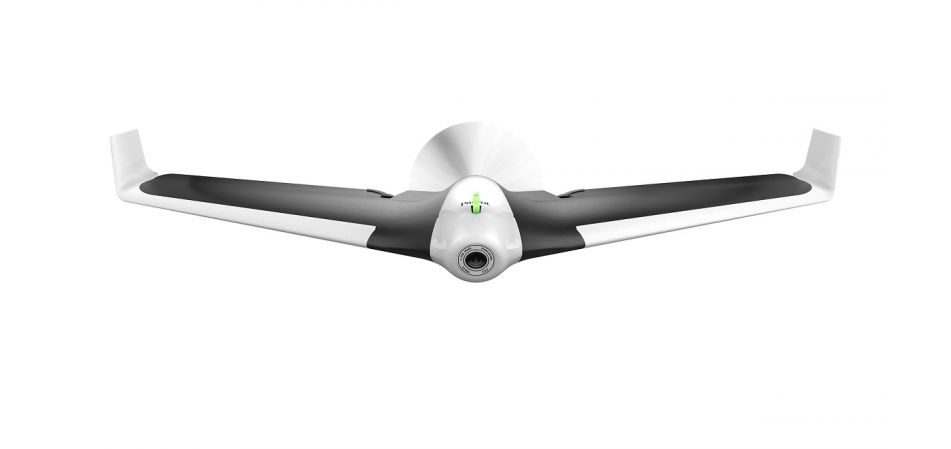
If you’re looking for something more focused on FPV flight than aerial photography, why not consider Parrot’s fixed-wing Disco? This lightweight plane and the accompanying FPV goggles gives you a true birds-eye view, in an aerial package that flies faster and for longer than most of its four-propped competitors. The Parrot Disco is currently available for $1,299.
Worthy mentions also go to Yuneec’s hexacopter, the Typhoon H, which is available in a bundle for $1,899 with Intel’s Real Sense technology for smart obstacle avoidance. You should also consider GoPro’s recently re-released Karma ($799), which is ideal for videographers already using GoPro gear. And then there are the high-end drones dedicated to capturing extreme sports, such as Staaker (available for pre-order at $1195) and the AirDog ($1,599).
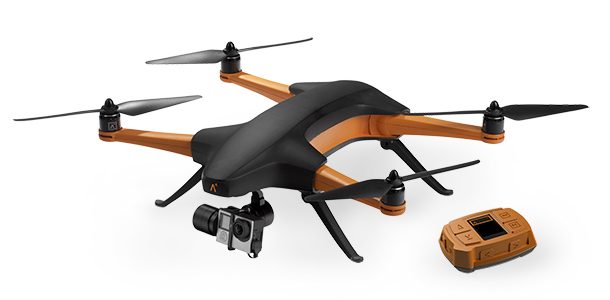
Final Thoughts
How much you should spend on a new drone will always depend on its purpose and how much you plan to use it.
If you’re thinking about making money from aerial photography and turning a hobby into a career, you’re going to need tools that are up to the job. While it’s possible to get decent cinematics from some of our intermediate drones (especially old iterations of the Phantom 3), they tend to lack the reliability features (such as obstacle avoidance, RTH function etc) and camera quality (image stabilization and 4k video) that will 1. Keep you in the air and 2. Ensure your footage is good enough to make money from.
Flying for fun is totally different and needn’t be so expensive. You can buy a micro-drone for an introduction to the industry, or get yourself a fairly cheap FPV racing kit that can be gradually improved over time. There’s also a burgeoning market for small, portable ‘selfie’ drones if that’s what you’re in to.
Whatever your reason for buying a new drone, do your homework, be realistic about your needs and expectations and, if in doubt, start at the lower end of the market. A $1,000 drone gathering dust in your attic does nobody any favors.
Malek Murison is a freelance writer and editor with a passion for tech trends and innovation. He handles product reviews, major releases and keeps an eye on the enthusiast market for DroneLife.
Email Malek
Twitter:@malekmurison
Subscribe to DroneLife here.







The 3DR solo is stop been made ,why was this included,,, the Parrott plane is a good concept but could be greatly improved if had rotationg gimble
What an amazingly written post… The in-depth research about How Much Money Should You Spend on a Drone is worth reading!
Keep up the awesome work of sharing information so comprehensively.
Excellent guide here for all levels of flight experience. Can’t wrong go wrong with any these. DJI is still a force to be reckoned with in the industry, although there is definitely some good competition out there.
Like to Alliance and partner to offer Drone services to Telecoms